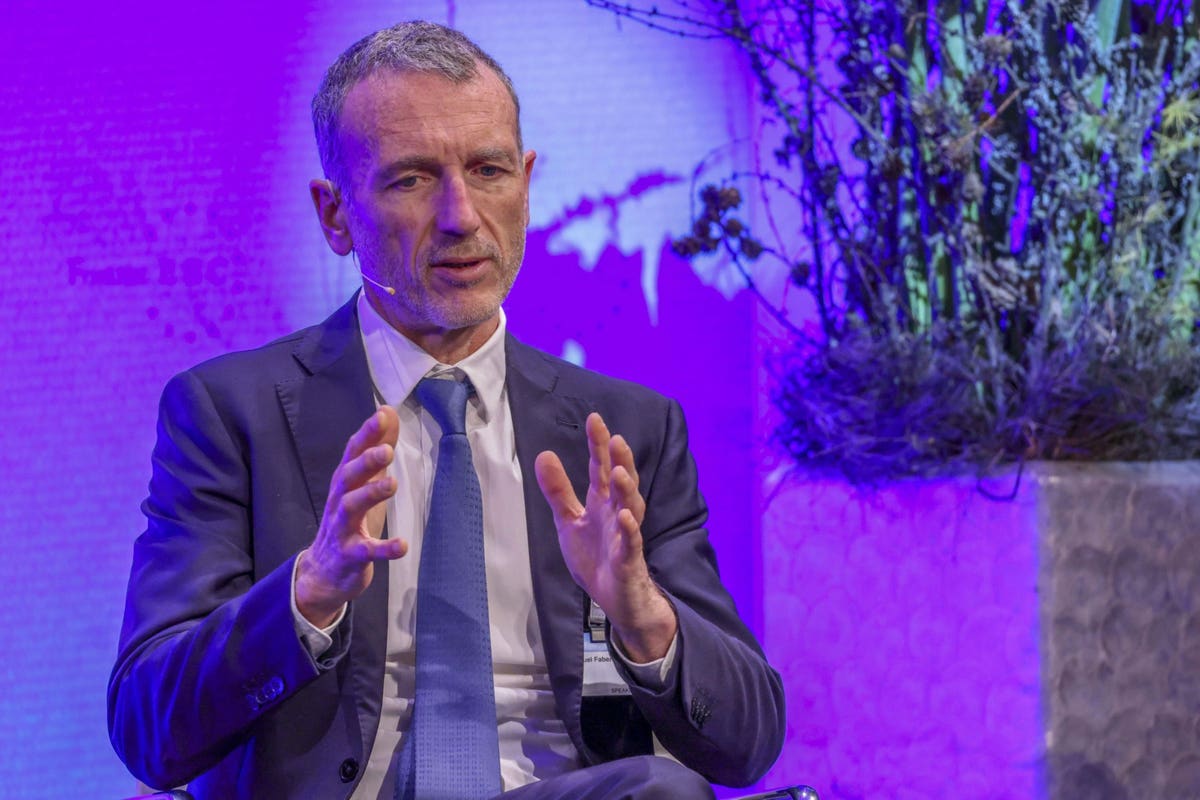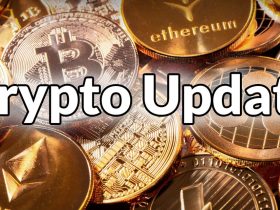Follow the money. It may sound contrary to the do-good, feel-good, arm-around-the-world imagery that typically accompanies any corporate discussions of environmental, social and governance (ESG) and sustainability, but—as it turns out—if you really want businesses to change their behaviors, you’re not going to do it with platitudes and well wishes. Money can always be the catalyst.
The latest evidence of this phenomenon was the June release by the International Sustainability Standards Board of its first two reporting standards. Just 19 months after the International Financial Reporting Standards Foundation launched the bold initiative, the ISSB created a set of global reporting standards to guide the way companies need to report sustainability information in their financial statements.
Building on and consolidating many of the disparate approaches to corporate sustainability disclosure that had been presented over the past few years, the ISSB set out with a bold objective to create a single, interoperable set of standards that cut across geographic and political boundaries.
Following The Mold Of Financial Markets Reform
How did the ISSB achieve what so many other climate- and sustainability-related frameworks have struggled to accomplish? It focusing on the bottom line. Unlike other sustainability initiatives—notably, the EU Corporate Sustainability Reporting Directive (CSRD) and the European Sustainability Reporting Standards (ESRS), which have taken a sweeping scope addressing everything from carbon emissions to gender equality and equal pay — the ISSB took a laser-like focus on linking climate and sustainability risk and opportunities to detailed financial reporting metrics, with investors as the central audience.
That precise focus on risk, reward and detailed financial reporting metrics makes the ISSB look a lot more like the Sarbanes-Oxley Act, Dodd-Frank Wall Street Reform and Consumer Protection Act and the Markets in Financial Instruments Directive (MiFID) than it does other types of ESG initiatives. Companies have decades of experience complying with these types of complex regulatory requirements. They speak this language and—as a result—they know what they need to do to make it real.
That goes beyond any political feelings individual stakeholders may have about the role of ESG and sustainability in business and it transcends the recent flare-ups of ESG backlash in which critics are questioning the fiduciary responsibility of ESG initiatives. By focusing on the structural, elemental aspects of environmental risk and how they affect the corporate balance sheet, the ISSB is speaking directly to corporate finance, accounting and compliance departments. They know where to get the data they’ll need; they know how to report it and meeting the new requirements will be less about political preference and more about risk management.
Narrow And Deep
The focus on financial reporting undoubtedly helped the International Organization of Securities Commissions (IOSCO), the global standard setter for the securities industry, endorse the ISSB standards so quickly. The IOSCO called them, “a major step towards consistent, comparable and reliable sustainability information” and its endorsement also highlighted another key aspect of the ISSB success formula: broad stakeholder input.
By keeping its remit relatively narrowly focused on, for now, a core set of environmental reporting standards, the ISSB was able to provide extreme detail on industry-specific applications. It broke each framework down into industry-based guidance in 12 sectors, which are further broken down into 60 sub-sectors. Clearly, the ISSB was listening to industry guidance that each business presents unique use cases and challenges. By taking this sector-specific approach, the ISSB is providing tactical information that can be used in the corporate world.
Over the next several months, additional details and idiosyncrasies in the standards will be hammered out further. The International Financial Reporting Standards Foundation set up a Transition Implementation Group that informs the ISSB about potential questions when companies implement the new standards, and the group is actively soliciting feedback from businesses.
Together, this combination of a precise focus, clear, quantifiable metrics and a built-in feedback loop will help to ensure the ISSB standards continue to set the pace for other climate- and sustainability-related initiatives to follow. Expect to see more of this type of approach reflected in future proposals at the international, national and local levels.
In fact, it’s already starting to happen. Just after the publication of the new ISSB standards, the Financial Stability Board asked the IFRS Foundation to take over monitoring progress on companies’ climate-related disclosures from the Task Force on Climate-related Financial Disclosures. This further consolidated the global roles and responsibilities around climate disclosure. Additionally, the European Commission has noted that its European Sustainability Reporting Standards, which take effect in 2024, have a high degree of climate-disclosure alignment with the ISSB. These two developments signal the growing harmonization around the ISSB.
Stripping The Emotion Out Of ESG
As ESG and sustainability have become increasingly prominent, one of the biggest challenges for businesses, regulators and standards bodies has been the tendency to throw everything at the problem all at once. The term ESG was first introduced in a 2004 whitepaper from the United Nations Global Compact, titled “Who Cares Wins: Connecting Financial Markets to a Changing World.” Ever since then, stakeholders from all corners have been adding items to the ESG to-do list. Climate, workplace safety, human rights, adequate board oversight—they’re all in the mix, often creating a compliance framework that’s hard for businesses to wrap their heads around.
The ISSB is different. By focusing on risks and dollars, it strips the subjectivity and emotion out of ESG and sustainability and keeps the focus on the bottom line. Right now, that’s exactly what’s needed.
Read the full article here













Leave a Reply